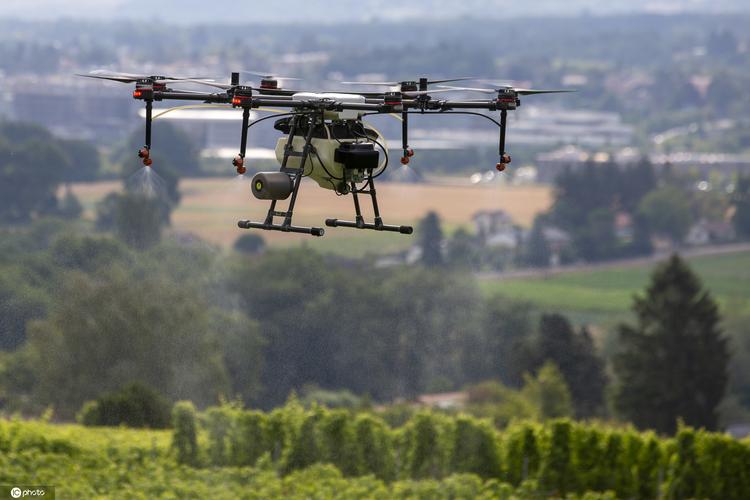Precision agriculture has experienced a significant revolution in recent years, thanks to the integration of drone technology. Drones, or Unmanned Aerial Vehicles (UAVs), have become an invaluable tool for modern farmers. They are equipped with advanced sensors and cameras that provide high-resolution images and data, which, when analyzed, offer insights that were previously impossible to obtain.
One of the most significant contributions of drones to precision agriculture is in the realm of crop monitoring. These flying devices can capture real-time data on various aspects of a farm, including soil conditions, crop health, and moisture levels. By regularly monitoring these variables, farmers can make informed decisions about resource allocation, ultimately leading to increased crop yields and reduced resource wastage.
The real power of drones in precision agriculture lies in their ability to provide a bird’s-eye view of the entire farm. With the help of high-resolution imagery, farmers can identify patterns and anomalies that would be impossible to detect from the ground. This allows for the early detection of issues such as nutrient deficiencies, diseases, or pest infestations.
For instance, drones can spot areas of the field where crops may be under stress due to water shortages. The data provided by the drone can be used to adjust irrigation systems to ensure that these areas receive the necessary amount of water, thus preventing yield losses. Similarly, drones can identify areas affected by diseases or pests. Early detection allows farmers to take targeted action, such as applying pesticides to specific areas instead of the entire field. This reduces the use of chemicals, minimizes environmental impact, and saves on costs.
Moreover, drones are not limited to just capturing images; they can also collect data on temperature, humidity, and other environmental variables. This data is critical for understanding the microclimates within a farm, which can vary significantly. Armed with this knowledge, farmers can make precise decisions about planting times and locations to optimize crop growth.
Agricultural drones are not only essential for crop monitoring but also play a vital role in land mapping and planning. They can create highly detailed maps of farms, allowing farmers to understand the topography, soil types, and drainage patterns. This information is invaluable for designing effective irrigation systems, determining suitable planting locations, and ensuring optimal land usage.
The future of precision agriculture with drones holds immense potential. As technology continues to advance, we can expect even more sophisticated sensors and data analysis techniques to be integrated into these UAVs. This will provide farmers with an even deeper understanding of their fields, enabling them to make more precise decisions that maximize crop yields while minimizing environmental impact.
In conclusion, drones have become a cornerstone of precision agriculture. Their ability to provide real-time data on soil conditions, crop health, and environmental variables is transforming the way farmers manage their land. By enabling early detection of issues and informed decision-making, drones are helping to increase agricultural productivity while minimizing resource wastage and environmental impact. As technology continues to evolve, we can anticipate even greater strides in precision agriculture with the aid of drones.







Please sign in to comment
register